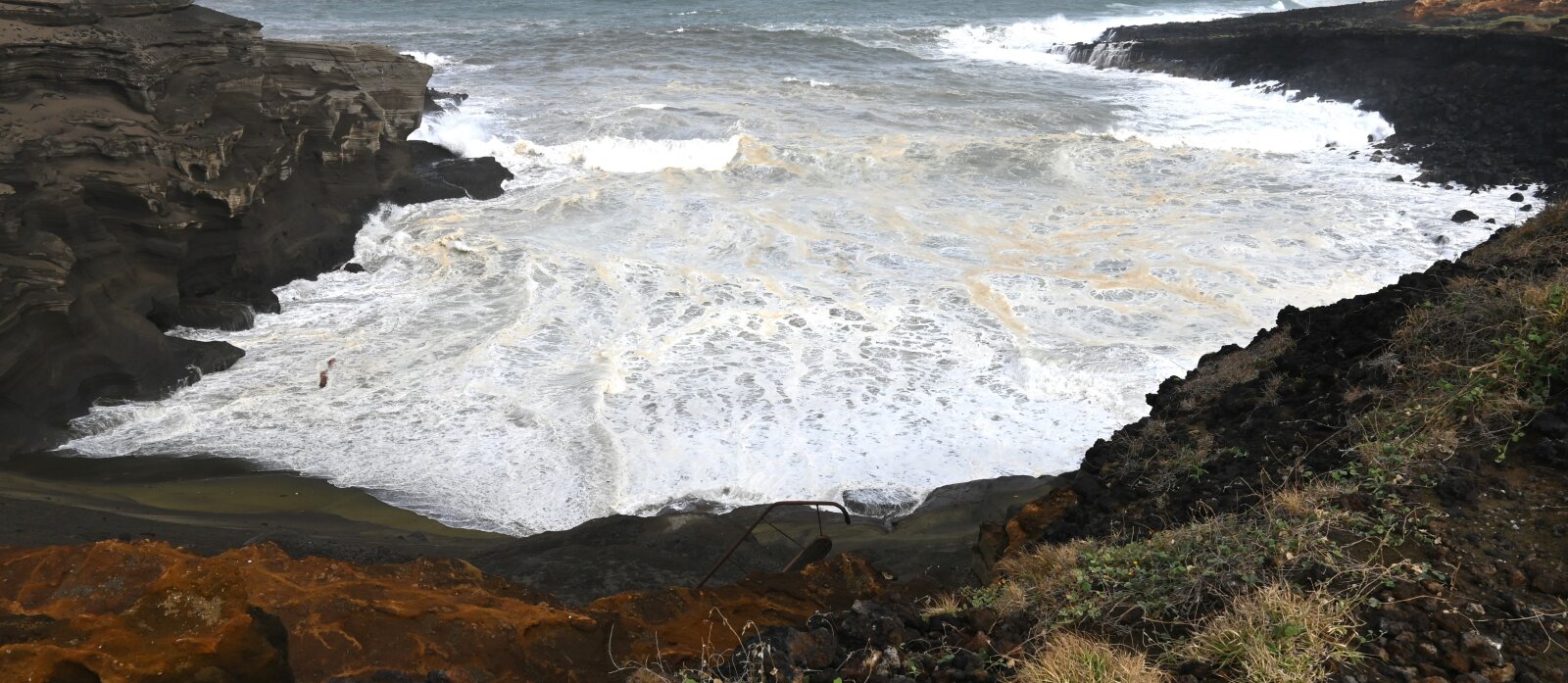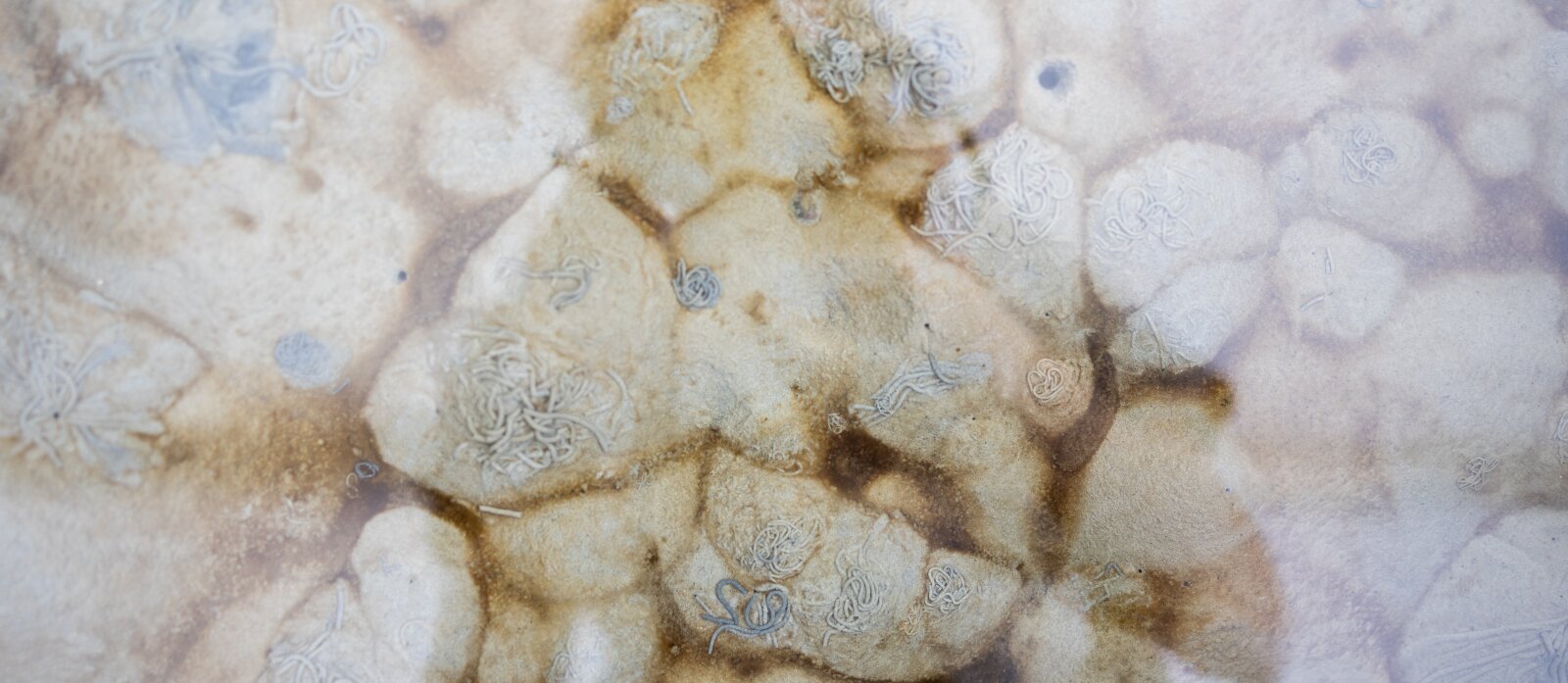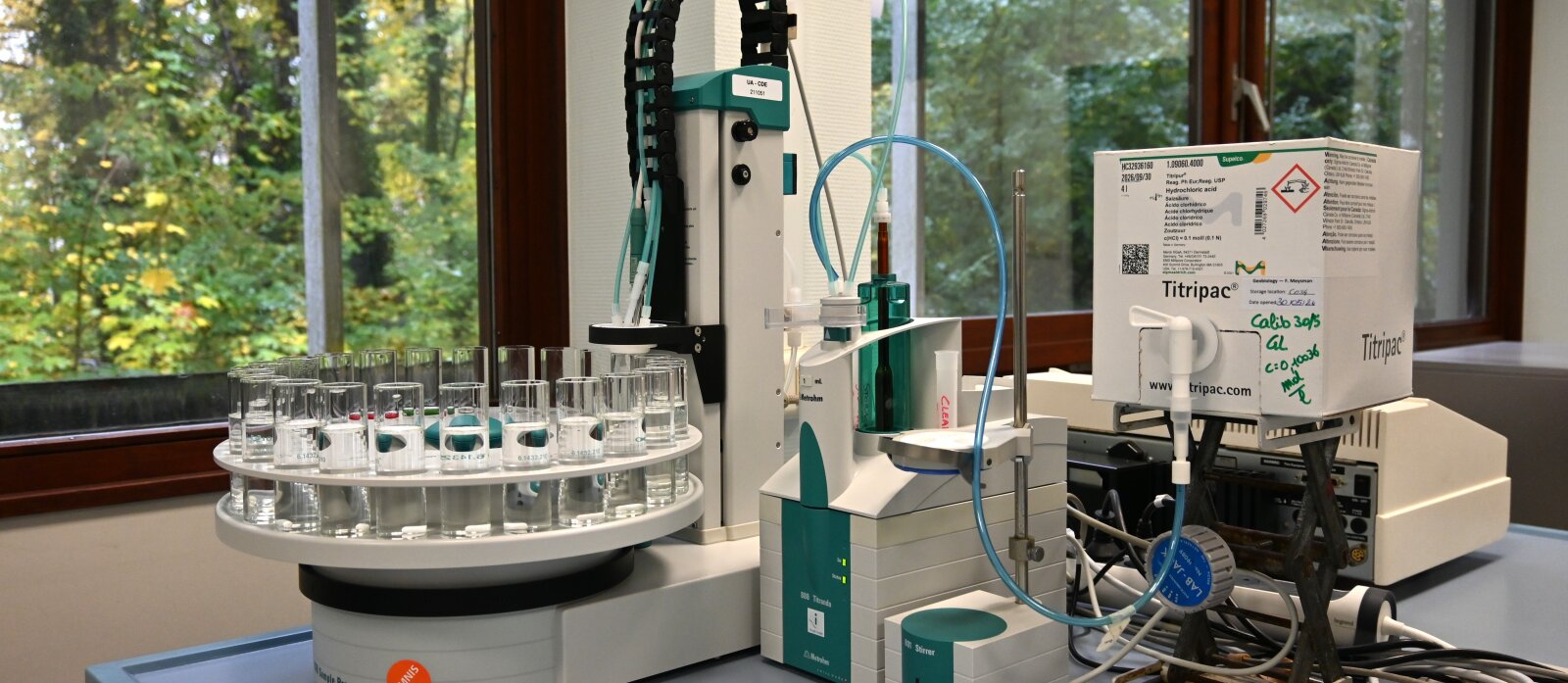The Coastal Ocean Alkalinization team within the Geobiology group at the University of Antwerp studies the natural processes that control ocean alkalinity and explores how these processes can be enhanced to strengthen the ocean’s capacity to store CO₂.
The ocean as a natural CO₂ regulator
The ocean is a key regulator of atmospheric CO₂. It absorbs about 30% of all human CO₂ emissions and stores more than 90% of Earth’s total carbon.
The alkalinity of seawater can be defined as the water's ability to neutralize acids. Ocean alkalinity determines how much CO₂ the ocean can store in the long term. The higher the ocean alkalinity, the greater it's CO₂ uptake and storage capacity.
-
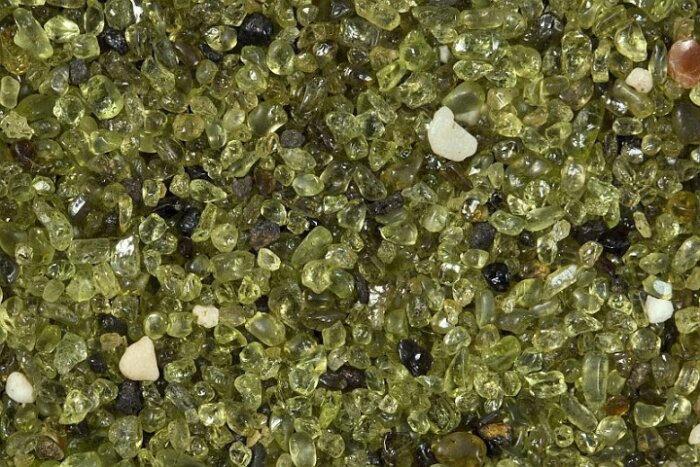 Olivine. One of the fastest-weathering silicate minerals.
Olivine. One of the fastest-weathering silicate minerals. -
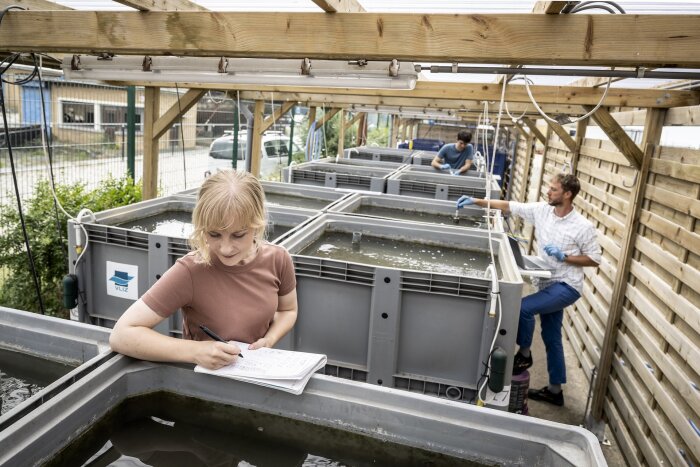 Mesocosm infrastructure.
Mesocosm infrastructure.
Understanding natural alkalinity generation
Alkalinity in the coastal ocean is generated through a variety of natural processes. These include mineral weathering, shell dissolution, biological activity, and chemical transformations in sediments. By simulating these natural processes in the lab and conducting large-scale field campaigns across different coastal environments, we aim to identify the key drivers of alkalinity production and better understand how coastal ecosystems naturally regulate CO₂ storage.
-
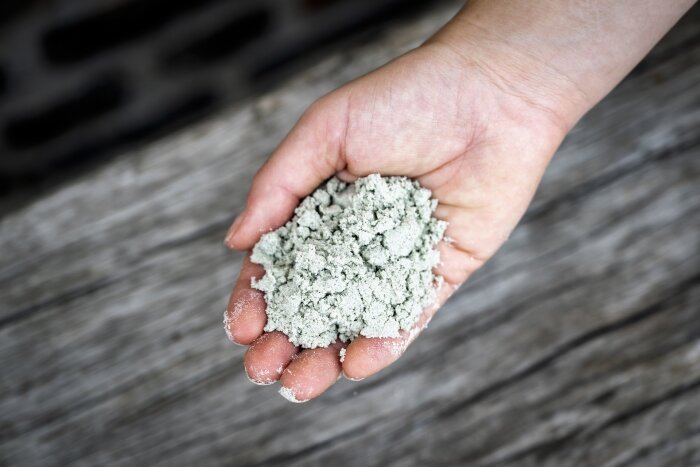 Grained olivine is mixed with the natural sediment.
Grained olivine is mixed with the natural sediment. -
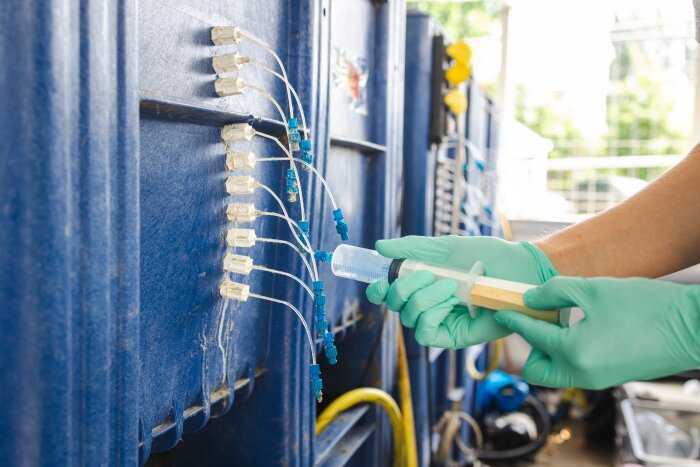 Pore water sampling reveals underground processes.
Pore water sampling reveals underground processes.
Accelerating ocean CO₂ uptake by enhanced alkalinity release
Natural weathering processes occur on geological timescales. The Geobiology group explores whether these processes can be safely accelerated to increase ocean alkalinity more rapidly — and with it, the ocean’s CO₂ uptake and storage capacity.
We investigate how the addition of different materials to various sediment types affects alkalinity release. Our studies include silicate minerals such as olivine, natural waste streams such as mussel shells, and other mineral or organic sources. By testing these materials across diverse sediment environments, we aim to identify safe and effective strategies for enhanced alkalinity release in coastal conditions, boosting the ocean’s natural capacity to store CO₂.
Three research trajectories
The Coastal Ocean Alkalinization team at the Geobiology group aims to understand the natural processes driving alkalinity production in coastal environments, and to define if and how enhanced alkalinity release can function as a CO₂ removal technology. Our work integrates three complementary research trajectories:
Coastal oceans as a real-life knowledge base. Studying natural coastal systems to identify and quantify alkalinity-generating processes.
Simulating natural conditions. Experimental work in laboratory, microcosm and mesocosm setups to test how these processes function and interact under controlled conditions.
Modelling ocean alkalinization. Developing models to predict the larger-scale effects of natural and enhanced alkalinity on ocean chemistry and global CO₂ dynamics.
